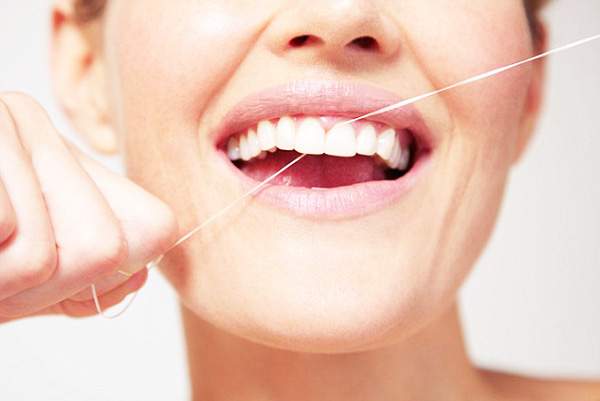Your toothbrush is incapable of reaching places between your teeth and under the gum line, and that’s why brushing is not enough. In order to get rid of food particles and plaque in hard-to-reach areas, regular flossing is an integral part of cleaning your mouth and warding off all sorts of dental problems.
Despite of being so important, flossing is commonly ignored by many. What’s more, not everyone who flosses knows the proper way to use a dental floss.
Worried that you have been flossing in the wrong fashion all this time and you may already be at high risk of developing serious oral issues? Then continue reading. Below you will find not only some of the do’s of flossing, but also a handful of don’ts — so identify which of them you are fond of doing and scrap them ASAP!
Some Do’s
Floss at least once a day. The perfect time to reach for a dental floss is whenever you can devote a couple of minutes to cleaning your teeth. For some people, it’s just before hitting the sack. For others, it’s before they step foot outside their homes at the start of the day.
The best time to floss is before you brush your teeth. By having debris in between your teeth removed, fluoride present in your toothpaste will be able to do its job so much better, which is strengthening your pearly whites.
Use a considerable length of dental floss. Dental experts say that you should use about 18 inches of dental floss for best results. When it comes to taking good care of your oral health, scrimping is a no-no.
Wrap the edge of the dental floss around your middle finger. Use your thumb and index fingers in holding the rest and guiding the floss between your pearly whites.
Start by gently cleaning under the gum line, curving the dental floss along it. Gently, guide the floss down as you hold it firmly with your thumb and index fingers. Clean the tight spaces between your teeth using back and forth and up and down motions. Refrain from resorting to a violent sawing action — you’re cleaning your mouth, not doing woodwork!
Use a different section of your dental floss each time because the one you just used is likely to carry bacteria and plaque. It’s exactly for such reason why using 18 inches of dental floss per session is recommended.
Some Don’ts
Be very gentle. Your gums are very sensitive and aggressive flossing can easily irritate your gums and cause them to bleed. Rushing can oftentimes lead to accidents so take your time — and that’s why you should get your hands on a dental floss at a time when you are not in a hurry.
Refrain from scrimping when it comes to flossing. You may fail to obtain desired results if you use dental floss that’s so much shorter than 18 inches.
Do not snap the dental floss in between the teeth. If there seems to be some form of resistance, very gently guide your dental floss through it. Otherwise, you may end up cutting your gums when the floss snaps after passing through the problem area, which is definitely a bad thing!
After flossing, it’s a good idea to rinse your mouth with your favorite mouthwash, preferably one that has fluoride in it. Doing so will help flush food particles and plaque that flossing has removed out of your mouth, plus it will help deliver fluoride in between your newly-cleaned teeth.
The above are some of the do’s and don’ts of flossing. Still the best resource person when it comes to matters concerning your mouth is your dentist. He or she can also tell you the various options for cleaning your teeth effectively, so make sure that you take that trip to your dentist!













